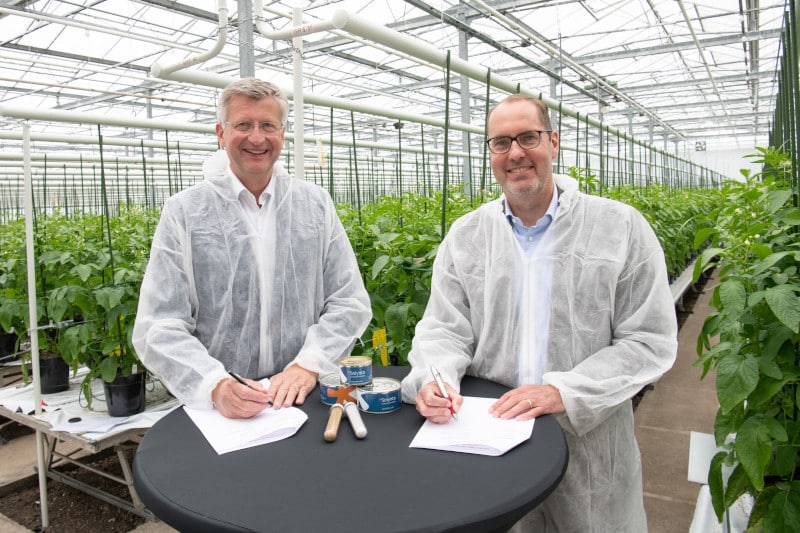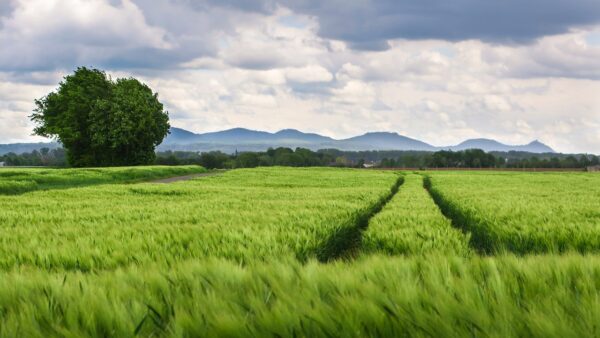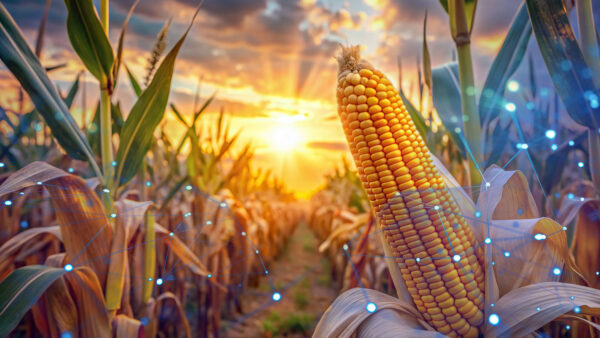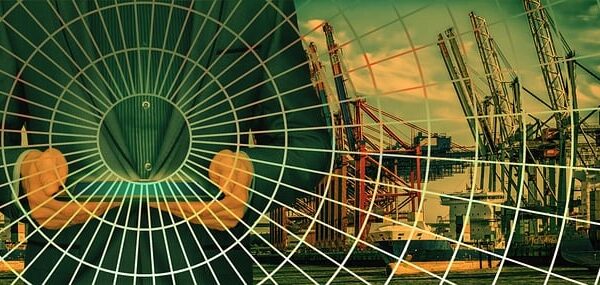Most view precision agriculture as using certain devices to do tasks, but Jacob van den Borne sees it as a whole year integrated process.
The majority of people think precision agriculture is a relatively new invention that came about a decade or so ago, however Dutch potato grower Jacob van den Borne knows that isn’t the case.
“What is the definition of precision farming? If you Google this, you will find out that there is actually a lot of explanation… my definition of precision farming is on the right time, on the right place, doing the right thing,” explains van den Borne during his presentation at the virtual Canadian Spud Congress on Feb. 25. Adding this means precision farming is as old as farming itself.
Van den Borne runs Van den Borne Aardappelen, an irrigated potato farm in the Netherlands and Belgium, and has spent years working on his precision ag process. It’s constantly evolving work and requires him to be working all year long at different steps each season — all designed to increase his overall crop yields.
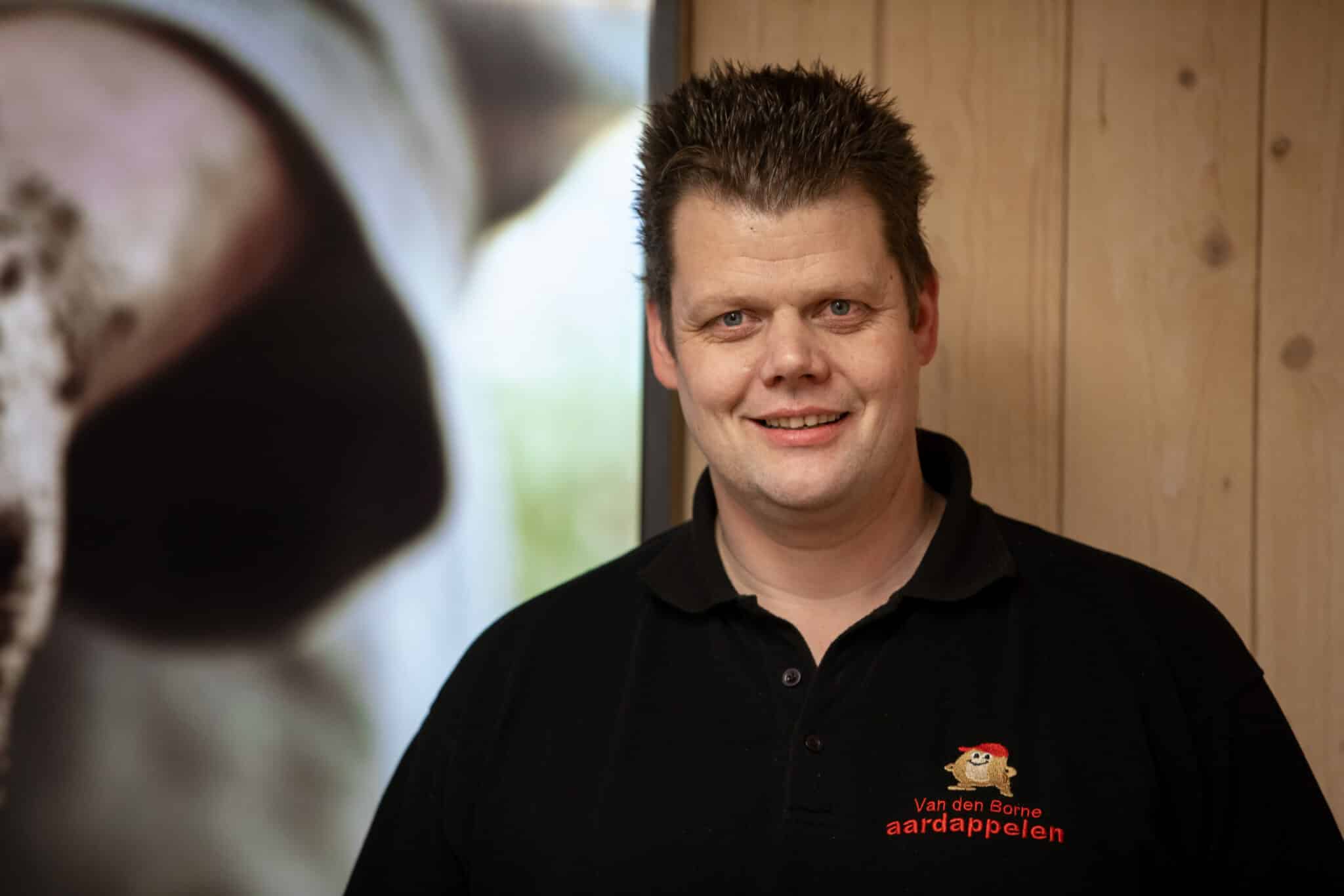
“We start in the winter, the spring, the summer, and we end in the autumn. If you want to do precision farming, your basic data that you need is your yield. And, of course, we can only do yield measurement in the autumn. So, precision farming starts for me at the last yield mapping,” he explains.
In the winter, to kick off the cycle, van den Borne maps all of his potato fields. He works on a four-year cropping rotation where he swaps fields with other farmers —meaning he doesn’t farm the land every year, so his staff and himself must inspect the fields every year they use them.
Geo fencing is used to keep track of the fields, an application on their phones will automatically start a crop registration as soon as they enter a field. The fields are then scanned with an EM38 device and soil conductivity is measured. To finish off the winter season they map AB lines — the optimal route in the field for planting, spraying and harvesting.
Spring then kicks off with fertilization — van den Borne uses livestock fertilizer as there are a lot of cattle in the area he farms at. While he likes manure, he finds the one problem with it is that the nutrients in it unmix when spread.
“To fix that we amounted an NPR sensor on our manure tankers and we actually log what we bring in potassium and nitrogen and all the other important nutrients. So, we are actually able to make maps of how many nutrients we applied on which part of the field,” van den Borne explains.
After fertilization, it’s then planting time. On van den Borne’s farm they use variable rate planting which is based on maps of the shady areas in fields and soil zones.
Once summer hits they start collecting data from the fields. All of the equipment on the farm is equipped with sensors which connect to software to collect data about the fields. In any fields which aren’t performing well, van den Borne collects more data for them through drones and satellites. The farm’s irrigation systems also collect data — each nozzle has a sensor mounted on it which monitors irrigation rates and areas watered.
“When I started to have such a big data set, what I missed was actually the growing practice — to look at the crop, to look at the plants and to actually translate that data into the real agriculture policies,” van den Borne says. To fix that they now have a schedule where they physically visit fields every other week with a student group for crop scouting.
“After this data has been processed. We can actually compare it with all the sensor information. And we make growing algorithms, fertilization algorithms, variable plant algorithms — we have algorithms in place for all those things to figure out what the best options should be.”
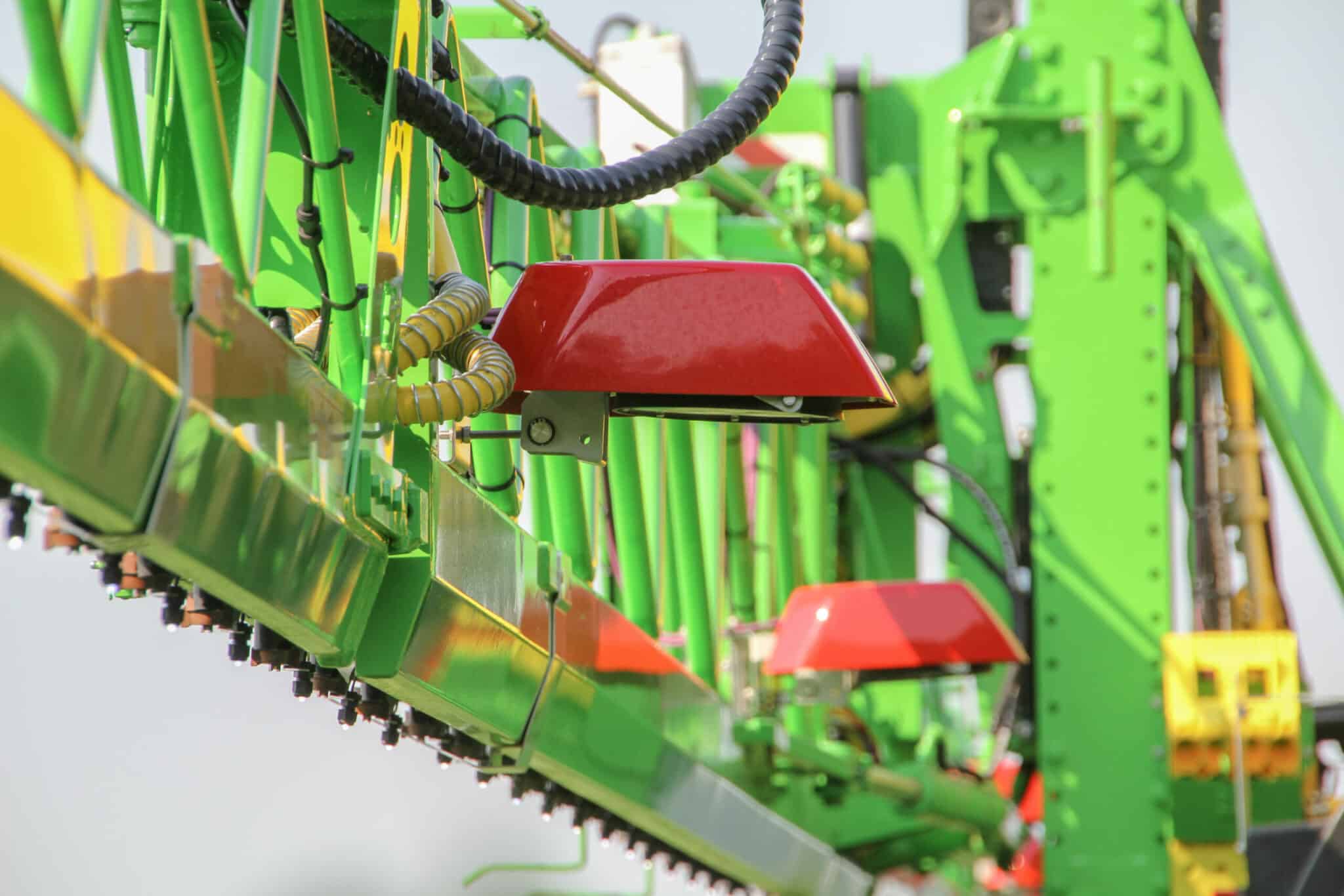
Once fall hits they start harvesting the crops. They have a harvest yield mapping system on their self-propelled potato harvester. A weighting cell is mounted on the machine and gives the operator real time data as spuds are dug — this allows them to be able to track the quality of the crops from the fields.
From the field the potatoes go into storage, which is where tracking them gets tricky, van den Borne says. All the potatoes are stored in a big room, when they are unloaded, they are run over a robot track system which measures the length, size distribution and water weight of the tubers.
“(In) our storage room, we exactly know from every square meter, which trailer, which field but also which size, distribution, which length and which starch level. And we now building a database that we are able to actually deliver what our customers want,” he says.
After harvest they start fertilizing the fields again and then plant cover crops. The cover crops are then killed and mulched into the soil for fertilization starting the cycle over again.
“This cycle is an ongoing cycle, and we will never be done with precision farming because every year we layer, we learn new things, we figure out new things, and we try out new algorithms,” van den Borne explains.




